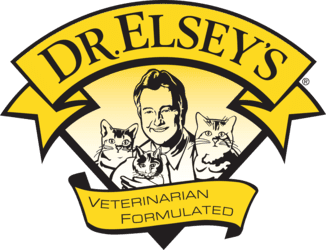
Dental Disease – Plaque
Dental disease is commonly encountered in veterinary practice. Gingivitis, or inflammation of the gums, can lead to chronic oral infection, pain and ultimately tooth loss. The redness observed on the gums represents the pet’s response to bacteria on the teeth. It is the pet’s response to the community of bacteria that attach to the teeth (plaque), that the owner or veterinarian sees as redness and swelling. Over 700 species of bacteria have been implicated in human periodontal disease, but much less is known about the composition of feline and canine plaque.(1,2) However, studies on dogs and cats have shown that black pigmented Bacteroides and Peptostreptococcus anaerobius are more prevalent in diseased sites.(3) Porphyromonas gulae and Tannerella Forsythia have also been implicated as significant periodontopathogens.(4,5) Gingivitis is a reversible and controllable condition through consistent dental home care. Treatment aims to control tissue inflammation by reducing bacterial plaque and returning the gingiva to clinical health and preventing tooth loss. There are a wide variety of preventative dental products on the market, they include specially formulated diets, chew treats/edibles and water additives. The main disadvantages of a dental diet are expense, palatability (some dogs and cats don’t like the diet), and the multitudes of options that dog and cat owners have for purchasing food (competition within the pet food industry). The main disadvantage of chewable treats is the inconsistency of use by the consumer, expense, and relatively low efficacy as compared to the Better Breath water additive. A comparison of water additive products shows a paucity of laboratory or clinical data proving efficacy and safety. Though some of the products have ingredients that suggest calcium-sequestering ability, none have shown antibacterial activity in a laboratory setting like Better BreathTM. Better BreathTM is the only additive that shows significant antibacterial activity due to its silver citrate active ingredient (6,7,8).
References
1. Dentino A, Lee S, Mailhot J, et al. Principles of periodontology. Periodontol 2000 2013; 61: 16-53.
2. Fiorellini JP, Kim DM and Uzel NG. Anatomy of the periodontium. In Newman MG, Takei HH, Klokkevold PR, et al (eds.) Carranza’s clinical periodontology. St. Louis, MO: Elsevier Saunders, 2012, pp 12-27.
3. Mallonee DH, Harvey CE, Venner M, et al. Bacteriology of periodontal disease in the cat. Arch Oral Biol 1988; 33: 677-683.
4. Perez-Salcedo L, Herrera D, Esteban-Saltiveri D, et al. Isolation and identification of Porphyromonas spp. And other putative pathogens from cats with periodontal disease. J Vet Dent 2013; 30;208-213.
5. Booij-Vrieling HE, van der Reijden WA, Houwers DJ, et al. Comparison of periodontal pathogens between cats and their owners. Vet Microbiol 2010; 144:147-152.
6. Lansdown ABG, A pharmacological and toxicological profile of silver as an antimicrobial agent in medical devices. Adv Pharmacol Sci. 2010.
7. Castellano JJ, Shafii SM, Ko F, Donate G, Wright TE, Mannari RJ, et al. Comparative evaluation of silver-containing antimicrobial dressings and drugs. Int Wound J 2007; 4 (2); 114-22.
8. Zhang W, Sturman P, Khoie T, Li Y, Dental Products Report, 2, 2011.




